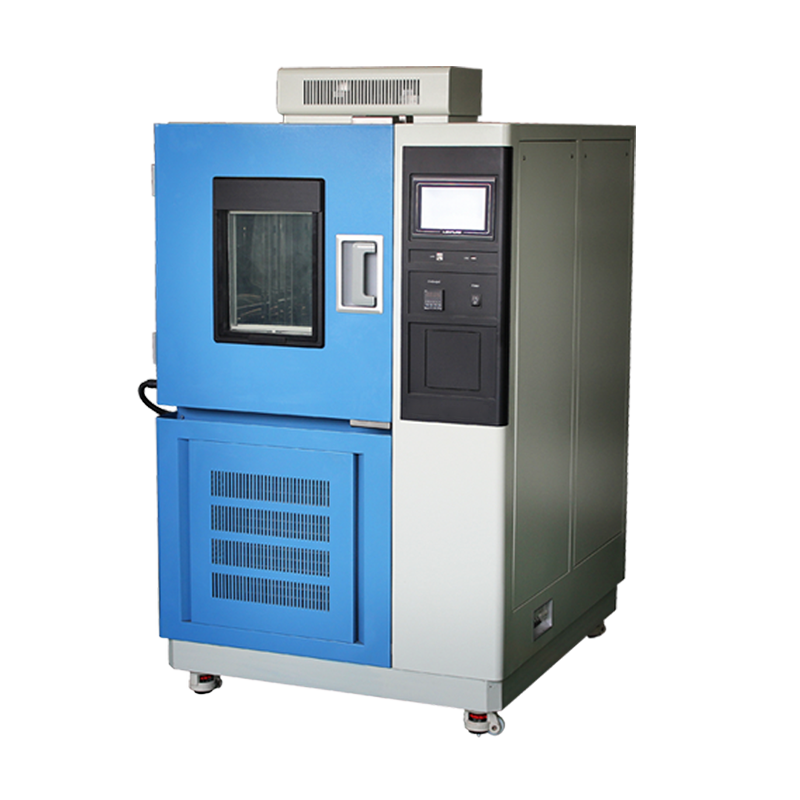The evaluation of electronic products under controlled thermal conditions is a fundamental practice in reliability engineering. Temperature test chambers are designed to replicate a wide range of thermal environments with precise control, enabling manufacturers and research institutions to identify vulnerabilities and verify product performance. The question of whether temperature test chambers are applicable to all categories of electronic products requires analysis from perspectives of design intent, functional requirements, and regulatory compliance.
Scope of Application
Temperature test chambers accommodate a wide spectrum of electronic devices, ranging from consumer electronics to aerospace systems. Their relevance stems from the universal sensitivity of electronic components to thermal stress. Semiconductors, printed circuit boards, solder joints, connectors, and encapsulation materials exhibit behavior that changes significantly under varying temperatures. Whether the device is a smartphone, a medical diagnostic instrument, or an avionics module, its performance envelope is shaped by thermal tolerance.
Consumer electronics rely on thermal evaluation to ensure durability in environments of daily use, including exposure to fluctuating room temperatures, transport, and localized heating during operation. Automotive electronics, such as electronic control units (ECUs), sensors, and infotainment modules, must demonstrate resistance to both high-temperature engine compartments and sub-zero winter conditions. In telecommunications, base station modules and 5G equipment require temperature resilience to maintain signal integrity in outdoor deployments. Aerospace electronics, subjected to extreme altitudes and rapid thermal transitions, are evaluated through rigorous thermal cycling within chambers. The applicability thus spans virtually every sector, with variations in the specific test profiles employed.

Functional Rationale
Electronic systems are governed by physical phenomena such as thermal expansion, material phase transitions, and electron mobility. Excessive heating accelerates chemical degradation processes, while low temperatures alter mechanical properties of plastics and metals, leading to embrittlement or micro-cracking. Temperature test chambers reproduce these effects under controlled laboratory conditions, enabling prediction of failure modes before products reach the market.
Solder joint fatigue is one of the most common reliability concerns in surface-mounted devices. When exposed to thermal cycling, differences in the coefficients of thermal expansion between the substrate and the component induce mechanical stress. Without adequate design margins, cracks propagate, leading to intermittent failures. Similarly, batteries in portable electronics undergo capacity loss and structural instability when exposed to elevated thermal conditions. Chamber testing accelerates these phenomena to predict lifespan.
For optoelectronic devices, such as LEDs and laser diodes, luminous intensity and wavelength drift are highly temperature-dependent. Testing under chamber-controlled conditions allows manufacturers to characterize thermal derating curves and establish safe operating ranges. High-frequency communication modules are also sensitive to temperature variations, as oscillator stability and signal propagation can degrade. These behaviors cannot be accurately evaluated without precise temperature control.
Regulatory and Industry Standards
The applicability of temperature test chambers is reinforced by global testing standards. Organizations such as IEC, ISO, JEDEC, and MIL-STD prescribe detailed protocols for environmental testing of electronic products. For example, IEC 60068 outlines thermal cycling, high-temperature storage, and low-temperature operation tests for electronic components and equipment. JEDEC standards such as JESD22-A104 specifically define thermal cycling for semiconductors. In defense and aerospace sectors, MIL-STD-810 requires extensive thermal exposure tests for mission-critical systems.
Medical electronics are regulated under ISO 14971 and IEC 60601, which mandate risk management and safety validation under environmental stress. Automotive electronics must comply with AEC-Q100 and ISO 16750, both of which specify temperature test requirements. Consumer electronics, while not always bound by sector-specific standards, are subjected to chamber testing during certification processes for international markets.
The presence of these regulations indicates that temperature testing is not optional but often mandatory for market access. Compliance ensures not only safety but also competitiveness in global supply chains.

Limitations and Considerations
Although broadly applicable, temperature test chambers are not universally sufficient for every aspect of electronic product evaluation. Certain devices require additional test environments, such as combined temperature and humidity chambers, salt spray chambers, or vibration test systems. For example, marine electronics exposed to both salt and fluctuating temperatures demand integrated environmental stress testing beyond simple thermal cycling.
Miniaturized devices, such as wearable electronics, may require micro-chambers to accurately replicate localized heating and skin-contact conditions. High-power electronics, including inverters and power modules, may exceed the load capacity of standard chambers, necessitating specialized high-capacity systems. Furthermore, while temperature testing reveals thermal tolerance, it does not account for electromagnetic interference or electrostatic discharge, which must be evaluated through complementary test methodologies.
Therefore, while temperature test chambers apply to virtually all electronic products, the exact configuration and test profile must align with the product’s operational context.
Industrial Value
The value of temperature chamber testing lies in its ability to reduce warranty costs, accelerate product development, and enhance brand reputation. By identifying weaknesses early in the design phase, manufacturers avoid costly recalls and maintain customer confidence. Predictive reliability derived from chamber testing supports data-driven lifecycle management, allowing organizations to optimize maintenance schedules and supply chain planning.
In high-stakes industries, such as aerospace and healthcare, the cost of failure is measured not only in financial terms but also in safety risks. The role of temperature test chambers in preventing catastrophic failures is irreplaceable. Companies that invest in advanced chamber systems equipped with programmable controllers, multi-zone sensors, and remote monitoring capabilities demonstrate commitment to quality and reliability. This technological capability becomes a competitive differentiator in international markets.
Technological Advancements
Modern temperature test chambers have evolved with digital integration, energy-efficient cooling systems, and precise airflow management. Advanced models incorporate cascade refrigeration for deep low-temperature capability, liquid nitrogen cooling for rapid transition rates, and high-resolution PID controllers for stable temperature maintenance. These advancements expand the applicability of chambers to newer categories of electronics, including high-density packaging, 3D-integrated circuits, and wide-bandgap semiconductors such as SiC and GaN.
The integration of data acquisition systems allows real-time monitoring of component behavior during stress exposure. Combined with predictive algorithms, these data streams enhance failure analysis, linking chamber test results to field performance models. For global enterprises, chambers capable of replicating international climatic conditions, such as desert heat, arctic cold, and tropical humidity, are invaluable in qualifying electronics for global deployment.
Temperature test chambers are not restricted to select categories of electronics but serve as a foundational tool across the entire industry. Their universal applicability stems from the thermal sensitivity inherent in electronic components, the regulatory mandates governing product qualification, and the economic value of reliability assurance. While specialized scenarios may demand complementary test systems, temperature chambers remain the central platform for thermal evaluation. Manufacturers that incorporate systematic temperature chamber testing at every stage of product development demonstrate both technical capability and commitment to long-term reliability, positioning themselves as leaders in the competitive global electronics market.













